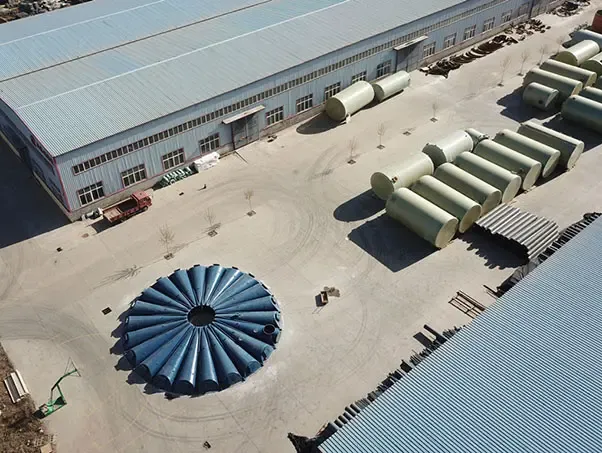
-
 Afrikaans
Afrikaans -
 Albanian
Albanian -
 Amharic
Amharic -
 Arabic
Arabic -
 Armenian
Armenian -
 Azerbaijani
Azerbaijani -
 Basque
Basque -
 Belarusian
Belarusian -
 Bengali
Bengali -
 Bosnian
Bosnian -
 Bulgarian
Bulgarian -
 Catalan
Catalan -
 Cebuano
Cebuano -
 China
China -
 China (Taiwan)
China (Taiwan) -
 Corsican
Corsican -
 Croatian
Croatian -
 Czech
Czech -
 Danish
Danish -
 Dutch
Dutch -
 English
English -
 Esperanto
Esperanto -
 Estonian
Estonian -
 Finnish
Finnish -
 French
French -
 Frisian
Frisian -
 Galician
Galician -
 Georgian
Georgian -
 German
German -
 Greek
Greek -
 Gujarati
Gujarati -
 Haitian Creole
Haitian Creole -
 hausa
hausa -
 hawaiian
hawaiian -
 Hebrew
Hebrew -
 Hindi
Hindi -
 Miao
Miao -
 Hungarian
Hungarian -
 Icelandic
Icelandic -
 igbo
igbo -
 Indonesian
Indonesian -
 irish
irish -
 Italian
Italian -
 Japanese
Japanese -
 Javanese
Javanese -
 Kannada
Kannada -
 kazakh
kazakh -
 Khmer
Khmer -
 Rwandese
Rwandese -
 Korean
Korean -
 Kurdish
Kurdish -
 Kyrgyz
Kyrgyz -
 Lao
Lao -
 Latin
Latin -
 Latvian
Latvian -
 Lithuanian
Lithuanian -
 Luxembourgish
Luxembourgish -
 Macedonian
Macedonian -
 Malgashi
Malgashi -
 Malay
Malay -
 Malayalam
Malayalam -
 Maltese
Maltese -
 Maori
Maori -
 Marathi
Marathi -
 Mongolian
Mongolian -
 Myanmar
Myanmar -
 Nepali
Nepali -
 Norwegian
Norwegian -
 Norwegian
Norwegian -
 Occitan
Occitan -
 Pashto
Pashto -
 Persian
Persian -
 Polish
Polish -
 Portuguese
Portuguese -
 Punjabi
Punjabi -
 Romanian
Romanian -
 Russian
Russian -
 Samoan
Samoan -
 Scottish Gaelic
Scottish Gaelic -
 Serbian
Serbian -
 Sesotho
Sesotho -
 Shona
Shona -
 Sindhi
Sindhi -
 Sinhala
Sinhala -
 Slovak
Slovak -
 Slovenian
Slovenian -
 Somali
Somali -
 Spanish
Spanish -
 Sundanese
Sundanese -
 Swahili
Swahili -
 Swedish
Swedish -
 Tagalog
Tagalog -
 Tajik
Tajik -
 Tamil
Tamil -
 Tatar
Tatar -
 Telugu
Telugu -
 Thai
Thai -
 Turkish
Turkish -
 Turkmen
Turkmen -
 Ukrainian
Ukrainian -
 Urdu
Urdu -
 Uighur
Uighur -
 Uzbek
Uzbek -
 Vietnamese
Vietnamese -
 Welsh
Welsh -
 Bantu
Bantu -
 Yiddish
Yiddish -
 Yoruba
Yoruba -
 Zulu
Zulu
frp boat
The Rise of FRP Boats A Revolutionary Step in Marine Engineering
In recent years, the marine industry has witnessed significant advancements in boat construction technologies, among which FRP (Fiber Reinforced Plastic) boats have gained notable popularity. This innovative approach to boat building offers a plethora of advantages over traditional materials, such as wood and metal, transforming the way we think about marine vessels.
FRP is a composite material made from a polymer matrix reinforced with fibers, typically glass or carbon. This combination not only enhances the structural integrity of the boat but also reduces its weight significantly. The lighter weight of FRP boats allows for greater fuel efficiency, improved speed, and enhanced maneuverability. These boats can glide on water with less resistance, making them an ideal choice for recreational users and commercial operators alike.
.
The versatility of FRP also deserves mention. Manufacturers can easily mold FRP into various shapes and sizes, allowing for a wide range of designs tailored to specific needs. From small fishing boats to large commercial vessels, FRP can be adapted to meet diverse requirements, making it a popular choice among boat manufacturers. The design flexibility of FRP also extends to aesthetics, as these boats can be finished in an array of colors and styles, appealing to a broader spectrum of consumers.
frp boat

Moreover, the manufacturing process of FRP boats is often more sustainable compared to traditional methods. The materials used in FRP production can be sourced from renewable resources, and the production process itself generates less waste. As the world becomes more environmentally conscious, the shift towards sustainable boat building practices is increasingly relevant. By choosing FRP, boat manufacturers not only meet market demands but also contribute to preserving our oceans and natural resources.
Another consideration is the safety features of FRP boats. The composite material is designed to be buoyant and resilient, which can enhance safety in emergency situations. Furthermore, FRP boats are often equipped with advanced safety systems, ensuring that both recreational and commercial sailors can navigate with peace of mind.
However, despite these advantages, it is important to consider the initial costs associated with FRP boat construction. While prices have been decreasing, the upfront investment can still be higher compared to traditional boats. Nevertheless, the long-term savings in maintenance and fuel efficiency often justify the cost, especially for avid sailors and marine businesses.
In conclusion, FRP boats represent a significant leap forward in marine engineering, offering lightweight, durable, and versatile options for boat owners. With their resistance to corrosion, lower maintenance costs, and potential for sustainable production, FRP boats are not just a passing trend; they are reshaping the future of recreational and commercial boating. As technology continues to evolve, the potential for FRP in marine applications is boundless, paving the way for innovation and sustainability in the maritime world. Whether for leisure or industry, FRP boats are undoubtedly riding the wave of the future.









